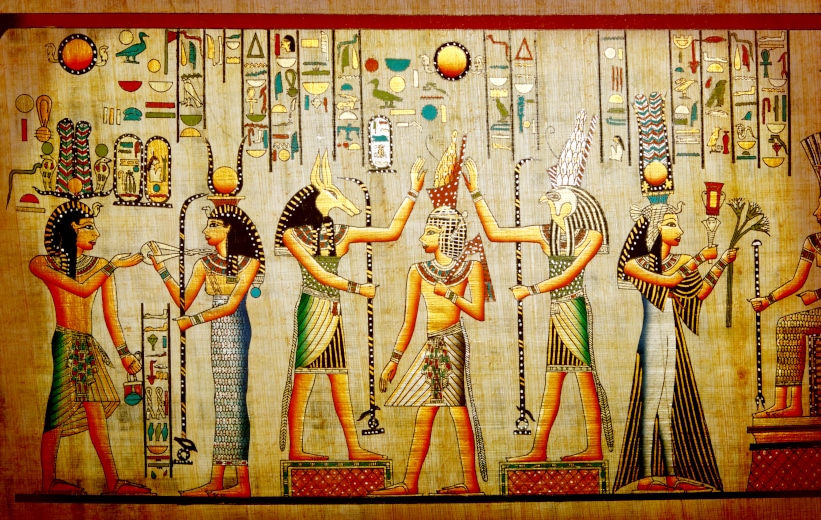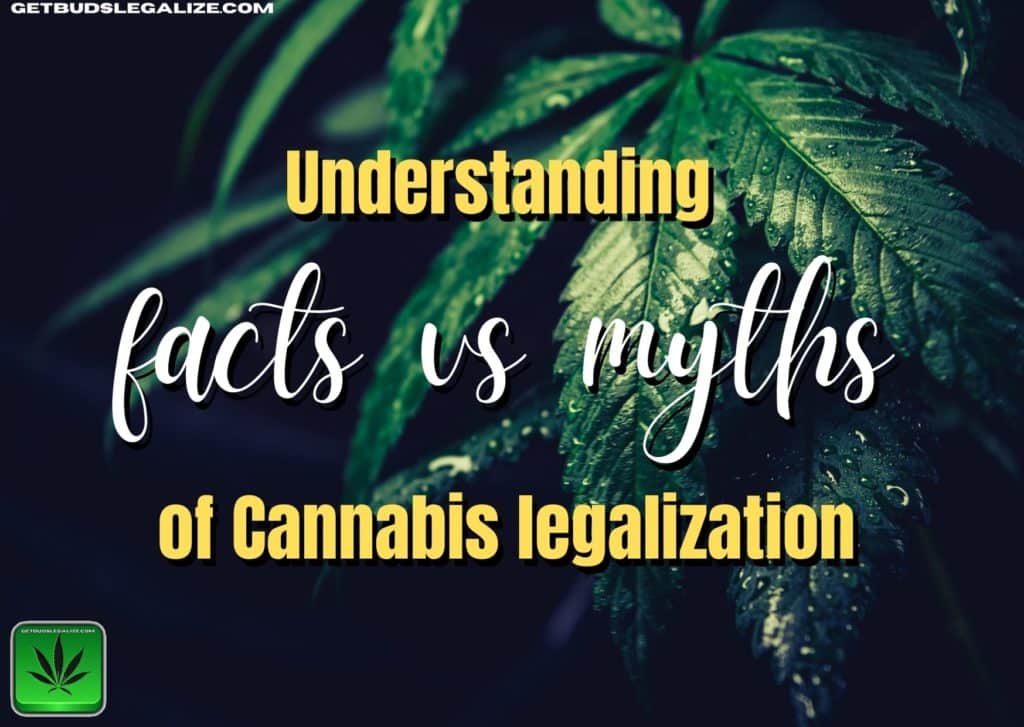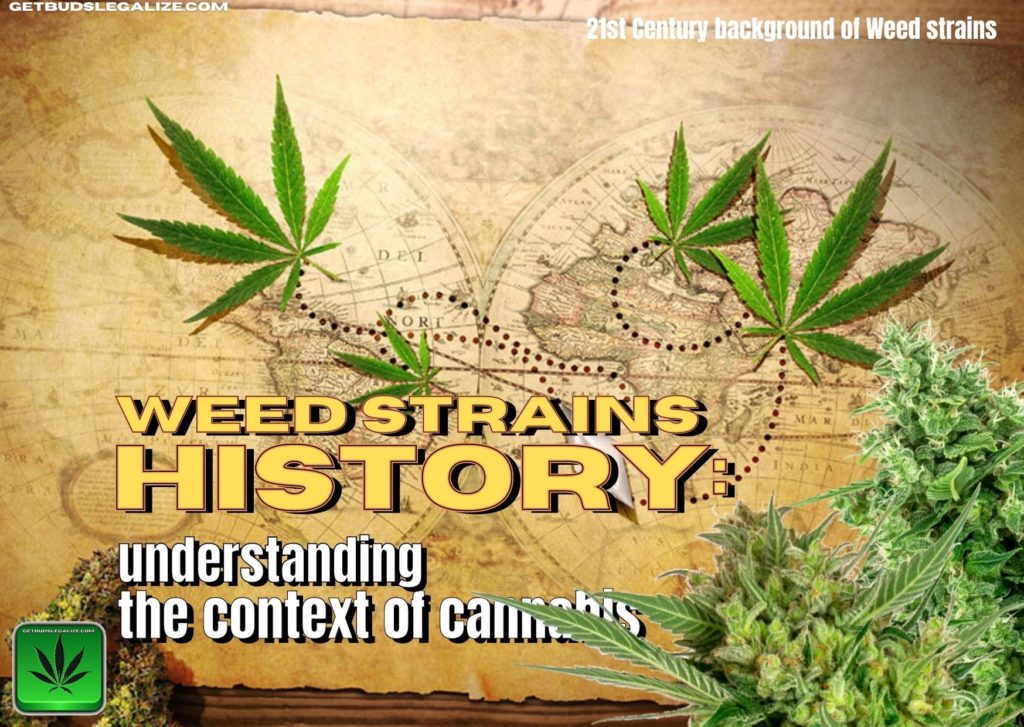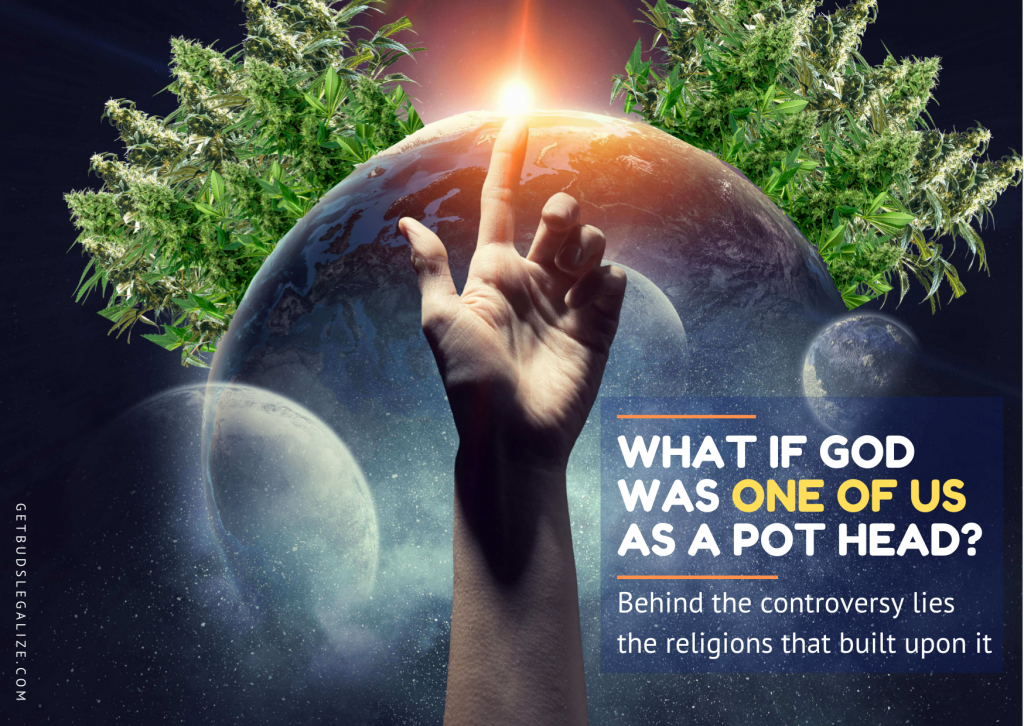A Fascinating History Of Marijuana And The Ancient Egyptians
Archaeological and ethnobotanical studies have revealed that ancient Egyptian prelates used the following psychoactive plants to carry out “journeys to the beyond.”The water lily, Mandrake, and, perhaps, a species of datura (Emboden, 1995). Other psychoactive drugs consisted of cannabis, henbane (Hyoscyamus muticus L.), date, barley, and pomegranate beer, palm and grape wine, Syriac rue seeds (Peganum harmala), and a kind of lettuce.
Often associated with the Mandrake is the Egyptian water lily (Hallucinogens (Mandragora sp.), often known as the nymphaea caerulea), the Ra and Hator deities (Heinrich, 1918).
The presence of opium poppy (Papaver somniferum L.) in Egyptian culture is a healthy discussion. In particular, critical studies would confirm this drug’s safe company only starting from the Hellenistic age (3rd century BC). Despite the multitude of scholars who, somewhat uncritically, report its presence starting from the 18th Dynasty ( ee Nencini 2004).
In Egyptian art, water lily and mandrake depictions began in the Fifth Dynasty (about 2560-2420 BC) and continued until the Ptolemaic Period (330-323 BC). These two plants appear intimately associated with each other in the archaeological documentation. In the hypothesis that the Egyptian prelate mixed drugs. These drugs are the Mandrake, water lily, and, perhaps, opium. To obtain a powerful vehicle, called didi, to reach deep states of consciousness in a state of apparent coma (Emboden, 1989).
Interpretations and Experiences
These experiences with a religious interpretation were most likely exclusive to the prelate caste. Numerous “ointments” found in royal tombs and previously considered containers for perfumes. These are now revealing a more realistic function, namely that of vials of “elixir to transform into gods”. With powerful psychotropic effects, wild lettuce (L. serriola L.), is believed to have aphrodisiac properties. It was associated with the ithyphallic god Min (Germer, 1980; Harlan, 1986; Keimer, 1924).
From this species, the ancient Egyptians obtained by assiduous selection the lettuce from the garden. Which spreads throughout the Mediterranean, and the dried latex of wild lettuce. Known in classical and medieval culture as lactucarium, was a psychoactive drug. At low doses, it was used in Europe as an opiate-like drug. While at higher doses, it was used in ancient Egypt as a stimulant and associated with the god Min (Samorini 2003-4, 2006).
Ancient Egypt History

Among the ancient world peoples, the Egyptians stand out as one of the most advanced and evolved civilizations of the time. Ancient Egyptians are aware of writing, astronomy, architecture, medicine, and mathematics. According to some authors, they build their culture over the millennia, which began around 3900 BC. (Predynastic Period) and ended in 342 BC. (Late period) With the beginning of foreign domination, counting about 3500 years of power over the Nile’s lands.
Since 3500 BC, There is evidence of ancient Egyptian villages’ existence along the Nile River banks. The areas which the first forms of agriculture in the area developed thanks to the river’s floods that provided fertile land to cultivate, especially wheat, barley, and flax.
From 3200 BC, Thirty pharaonic dynasties followed one another, and foreign invasions such as the Persian, Macedonian, Ptolemaic and Roman ones. Whose leaders, once they occupied Egypt, assumed the title of the pharaoh by having their name translated into hieroglyphs.
An unmistakable feature of this culture is the mummification of bodies, a ritual practice that made it possible to study human physiology with essential discoveries in the medical field. Their knowledge was so vast that it was defined by the Greek poet Homer (VIII-VII century BC) as a “nation of pharmacists”. And from the translation of ancient medical papyri, hundreds of drugs were perhaps used already during the predynastic culture of Badara (from 4400 to about 3250 BC).
Diversified Culture
Another pillar of Egyptian culture was hieroglyphic writing, a system that combined logographic, syllabic, and alphabetic elements with about 1,000 distinct characters. The first hieroglyphs were born for religious literature, but they will originate from the hieratic and demotic Egyptian scriptures over time.
Furthermore, the Phoenician alphabet will indirectly derive from the hieroglyphs, which in turn will lead to the Greek and Aramaic scriptures; therefore, considers hieroglyphics as an ancestral script for most of the hands in everyday use, Latin and Cyrillic through Greek and Arabic and the family of Brahmic scripts from Aramaic.
The Ancient Egyptians and cannabis Thanks to the translation of the hieroglyphs, the discovery is that the Egyptian people were aware of the cannabis plant and its textile and therapeutic properties as early as the third millennium BC. In the 2007 publication “History of Cannabis and Its Preparations in Saga, Science, and Sobriquet“, Ethan Russo explains how the key allowed to confirm the presence of cannabis in Egyptian culture.
A passage in the “Texts of the Pyramids” in Memphis. And it belongs to the Old Kingdom at the end of the 5th Dynasty around 2350 BC. Here the hieroglyph “šmšm-t” pronounced shemshemet is identified for the first time, representing a plant from which to produce ropes.

Marijuana and Ancient Egypt
The same word is founding in various medical preparations written on papyrus between 1700 and 1300 BC. Thus identifying cannabis, the only fiber plant widely used in medicine. After all, given the ancient use of the plant by the peoples of China and India, it is not surprising that even the ancient Egyptians were aware of it and used it for the production of ropes and fabrics and the preparation of drugs and remedies.
Further information comes to us from research by Benet (1975), which shows that Hemp was already known and used in ancient Palestine and Egypt with evidence recorded in the original version of the Hebrew Bible (in Ezekiel 27:19) referenced at a market in the Phoenician royal city of Tire and where you come across wares called kaneh interpreted as cannabis.
Benet also claims that the word “Cannabis” is a term derived from the Semitic languages and that both the name and its use for discovering n Egypt started with the Scythians, an Indo-European people of the Near East crediting those with having brought cannabis from Central Asia in the Middle East, Europe, India, Africa.
Archaeobotanical Evidence:
Although archaeo-botanical evidence capable of proving the cannabis plant’s presence in North Africa is limited, a review of the available historical and archaeological references indicates that cannabis has come to Africa, at least in the eastern and southern regions, starting in ‘South Asia before European contact.
However, the plant may also have been present in northeastern Africa since much earlier, and some scholars and the varieties current in Egypt in the dynastic period derive from traditional hemp varieties present even before the arrival of man. In Egypt, archaeobotanical evidence indicates that cannabis was present during dynastic periods before 1050 BC.
In this regard, there are several archaeological pieces of evidence that support the ancient knowledge and use of the cannabis plant by the Egyptian people: the first clue is given by the paleobotany Leroi-Gourhan who identified cannabis pollen on the mummy of Ramses II, who lived between 1303 and 1213 BC and who reigned in Egypt for 67 years during the Nineteenth Dynasty. A second clue is given by the discovery of cannabis pollen near Luxor, on the site of Nagada Khattara, and dated around 2600 BC.
The Amazing Discoveries on The Ancient Egyptians

Further evidence comes from the chemical identification of cannabinoids on various Egyptian mummies’ body tissues, although a false consequence of modern pollution did not decide yet. Rudgley (1998) mentions the discovery of hemp fragments in the crypt of Pharaoh Akhenaten (Amenhotep IV), who reigned in the 14th century BC. and whose tomb is located in el-Amarna while Booth (2003) refers to artifacts discovered in some Egyptian tombs on whose surface impressions presumably are making with hemp fibers.
Egyptian medicine The use of cannabis for therapeutic purposes is evidenced by various medical papyri dating back to the seventeenth and thirteenth centuries BC. The word shemshemet appears. Based on historical research and analysis of ancient texts, Russo tells us that in Egypt, cannabis “has been used in Egyptian pharmacopeia since the time of the pharaohs” and “was administered by mouth, rectum, vagina, into the eyes, and by fumigation.”
Evidence Through Paper
The most ancient among the papyri found is that of Ramesseum III (1700 BC), in which reference is to make an “eye treatment” consisting of celery and Hemp, which was “ground and left in the dew during the night. Early in the morning, washed both eyes. ‘Russo interprets this use as a remedy similar to that adopted today for glaucoma or possibly the anti-inflammatory effects of cannabis.
Other references to medical cannabis use appear in the Ebers Papyrus (about 1550 BC), considered by scholars to be one of ancient Egypt’s most important medical texts. Here there is a preparation used to disinfect malignant meat, probably a gangrenous infection, which contained cannabis mixed with honey, ocher, hedge resin, and some about plants. Russo points out that while the antibacterial qualities of honey are well known, there is a particular gap in research on the antibiotic rates of cannabis and any insecticidal or vermicidal properties of the plant.
The Hearst papyrus gives other evidence of the presence of cannabis in Egyptian medicine (1550 BC), the Berlin papyrus (1300 BC), and the Chester Beatty VI papyrus (1300 BC), in which remedies containing the ingredient shemshemet and used to solve obstetric problems, for migraines, for hemorrhoids, for fever, and as an antibacterial.
Hemp ropes and fibers From the “Texts of the Pyramids” in Memphis and from the analysis of various authors, it is evident that Hemp was cultivated in Ancient Egypt since the third millennium BC. for the production of ropes and fibers. As seen above, Rudgley claims that hemp ropes have been widely used in ancient Egypt since the eighteenth Dynasty (from 1550 to 1291 BC), using evidence to discover fiber fragments in the crypt of Pharaoh Akhenaten (Amenhotep IV).
The Hemp and Its Ancient Uses

Booth refers to impressions on artifacts made with hemp cords discovered in ancient Egyptian tombs, while the old Egyptian word shemshemet found in the “Texts of the Pyramids” in Memphis is associated with the creation of ropes as early as 2350 BC. However, both Rudgley and Booth base their research on secondary information sources, and although there are several references to the use of Hemp in Ancient Egypt, they find no confirmation traces of hemp fiber. In any case, the relative lack of fiber hemp in ancient Egypt explained that linen was available in abundance in Ancient Egypt, as indicated by the ancient historian Pliny, the Elder.
In the old West, Linen had the importance of Hemp in ancient China, introducing cotton throughout Eurasia; also, linen was considered the appropriate fabric for the Pharaohs’ ceremonial clothing and entourages with more remarkable finesse than hemp fabrics.
Finally, it emphasized that identifying the species to which these natural fibers belong requires further investigation and verification given their antiquity. Further archaeo-botanical research is needed to build a complete understanding of the use of ancient fibers such as Hemp and flax in Southwest Asia and Egypt.
The mystery of the Goddess Seshat Finally, the myth of Seshat, a Goddess is belonging to Egyptian mythology and represents the deification of the concept of wisdom, the essence of cosmic intuition by creating the geometry of the heavens next to Thoth and becoming the Goddess of writing, astronomy and astrology, geometry, architecture, and mathematics.
Ancient Egyptians Gods and Goddesses Symbols
Seshat is depicted as a woman while writing her name means “the female scribe” since ‘Sesh’ means scribe. She was a personal God of the pharaoh for whom he recorded all his precepts and accomplishments and transcribed his ceremonial speeches.
Seshat is also known as the architectural home lady, challenged in the “rope rite” used to define sacred alignments and the houses’ exact measurements. Similar to the lines used by the masons to calculate the borders of the structure. He also invoked his mathematical and geometrical abilities to rebuild the walls after the Nile River floods, which had frequently broken its banks, overflowed the fields, and overland.
The Goddess represents dressed in leopard skin with a stylized seven-pointed leaf above her head and her hands are a wand and a palette (the tools used by scribes). A few scholars suggest the plate drawn over the head represents a papyrus leaf, a sign of writing because the Egyptians wrote a “paper” made out of papyrus, although others claim that the plate that they make out of Hemp and that this symbolizes the importance of the Hemp and derives the cords used in architecture. They did not answer this relation. The icon of the Goddess Seshat is representative of a cannabis or papyrus herb, but it is not comprehensible.
ILGM Fertilizer

- From seedling to harvest, give your plants everything they need.
- Enough for feeding at least 5 plants.
- Discounted Package Deal
- Works well in soil, hydroponics, and other growing mediums.
- The best way to treat your plants
ILGM Plant Protector

- Protect your cannabis from diseases and harmful pests.
- Contains three 20 ml bottles.
- Enough supplies to protect 20 plants.
- It can be used in soil, hydroponic, and all other growing mediums.



















